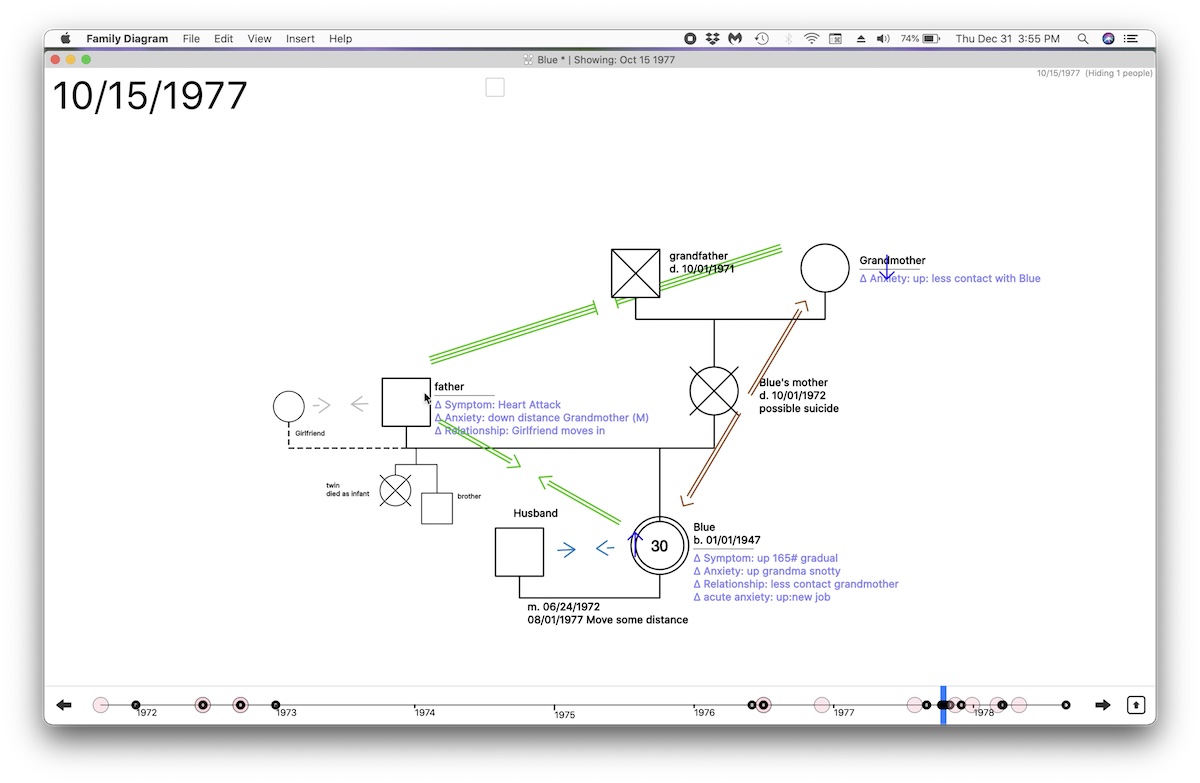Bowen theory elevates the idea of anxiety to a basic part of all human behavior. It is not possible to apply or describe Bowen Theory without using this idea. However, anxiety in Bowen Theory remains merely a vague idea and not a precise, researchable, measurable quantitative variable.
Murray Bowen defined “anxiety” as the “response to a real or imagined threat.” This definition serves as a useful contribution to the even more vague definitions in Psychiatry and Clinical Psychology that pertain to subjective experience. But it does not precisely describe what anxiety is in objective terms, precisely how to record changes in anxiety, and how changes in anxiety relates to changes in other variables such as changes in symptoms.
As with many ideas or even concepts in Bowen Theory, there is informal consensus on some ideas behind anxiety but these are not formalized in any canonical place. This consensus is fractured among many publications and within the minds of living people. This requires the laborious task of picking through many publications and knowing many people, collecting all the clues in one’s head as opposed to simply reading it all in one place.
Therefore, it is proposed here that “anxiety” remains a vague idea and not a formal theoretical concept, factor, or variable. This ongoing project works to improve this problem of a vague definition for anxiety. So far, this project includes:
- Anxiety as a Core Concept in Animal and Human Behavior: A working paper aimed at publication either in Family Systems or in a journal outside the Bowen Network.
- Prerequisite Hypotheses for Research in Bowen Theory: A chain of three sub-hypotheses representing the core parent hypothesis of Bowen Theory; The impact of shifts in the human relationship system on clinical symptoms. The impact of anxiety on a symptom is the second of the three hypotheses.




